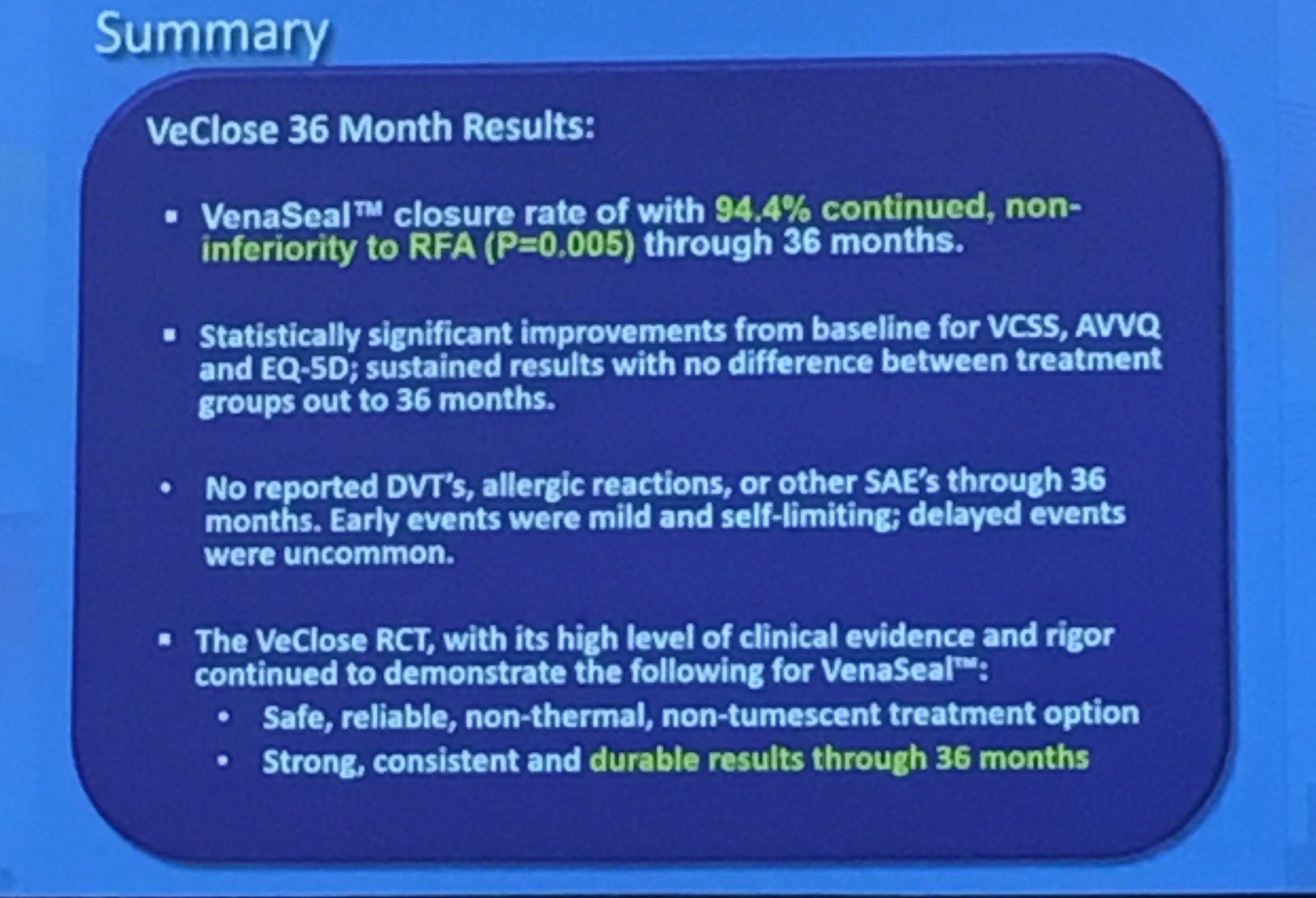Source: BJS Feb 2017
This study from Manchester health economics looked at measures for anxiety and depression vs probability of wound complication following up replacement, knee replacement and hernia repair. Moderate anxiety and depression are associated with higher (x1.2) and longer hospital stay (0.19).
It’s very interesting… Yours support to patients, especially those not quite psychologically comfortable can make a difference to your surgical outcomes..

